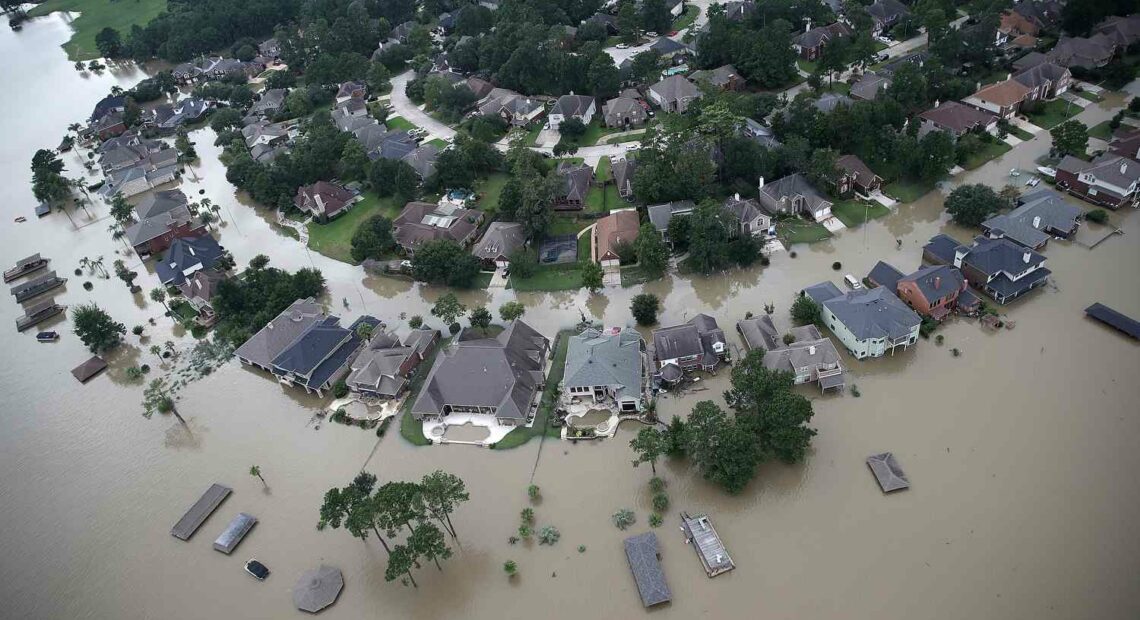Sinking Cities: Exploring the Submerged Urban Landscapes

Climate change and rising sea levels pose significant threats to coastal cities worldwide. As global temperatures continue to rise, the melting of polar ice caps and the expansion of seawater contribute to the gradual sinking of several coastal cities. In this blog post, we will explore seven sinking cities from different parts of the world, highlighting the challenges they face and the measures being taken to mitigate the impacts of sinking.
- Venice, Italy: Known as the “Floating City,” Venice has been grappling with sinking for centuries. Built on a series of 118 small islands, this UNESCO World Heritage Site faces a dual threat from sinking land and rising sea levels. To combat this, the MOSE project was initiated, which involves a system of barriers to protect the city from high tides and storm surges.
- Jakarta, Indonesia: The capital of Indonesia, Jakarta, is sinking faster than any other city in the world. Uncontrolled groundwater extraction and the weight of heavy buildings on the city’s soft soil contribute to its subsidence. Jakarta is implementing various measures, including building reservoirs and reducing groundwater extraction, to address the sinking issue.
- New Orleans, United States: Situated below sea level, New Orleans has been grappling with sinking and coastal erosion for decades. The city is protected by a complex network of levees, pumps, and floodgates. Following the devastation caused by Hurricane Katrina in 2005, efforts to reinforce and improve the city’s infrastructure have been prioritized.
- Bangkok, Thailand: Bangkok, the vibrant capital of Thailand, is experiencing sinking due to excessive groundwater extraction. As the city grows and demands more water, the extraction exacerbates subsidence. Bangkok is implementing measures like water management projects and restricting groundwater extraction to combat the issue.
- Dhaka, Bangladesh: Dhaka, the capital of Bangladesh, is one of the most densely populated cities globally and faces severe sinking issues. Rapid urbanization, unregulated development, and excessive groundwater extraction contribute to the problem. The government is working on urban planning initiatives and groundwater management to tackle the challenges.
- Miami, United States: Miami, a popular tourist destination in Florida, faces significant threats from rising sea levels and sinking land. Its porous limestone bedrock makes it particularly vulnerable to saltwater intrusion and flooding. Miami-Dade County is implementing resilience plans, elevating roads, and improving drainage systems to combat the impacts of sinking.
- Lagos, Nigeria: Lagos, one of Africa’s fastest-growing cities, is facing a unique sinking challenge. Built on a low-lying coastal area and intersected by numerous lagoons, Lagos is prone to coastal erosion, subsidence, and flooding. The government is implementing measures like shoreline protection, land reclamation, and urban planning to address these issues.
The sinking of cities poses a significant challenge for both developed and developing nations. These seven cities highlighted above are just a few examples of the many coastal areas around the world facing this threat. It is crucial for governments, urban planners, and communities to work together to implement sustainable measures and adapt to the changing climate. By investing in resilient infrastructure, sustainable urban planning, and responsible water management, we can mitigate the impacts of sinking and secure the future of these vulnerable cities.
Picture Courtesy: Google/images are subject to copyright








